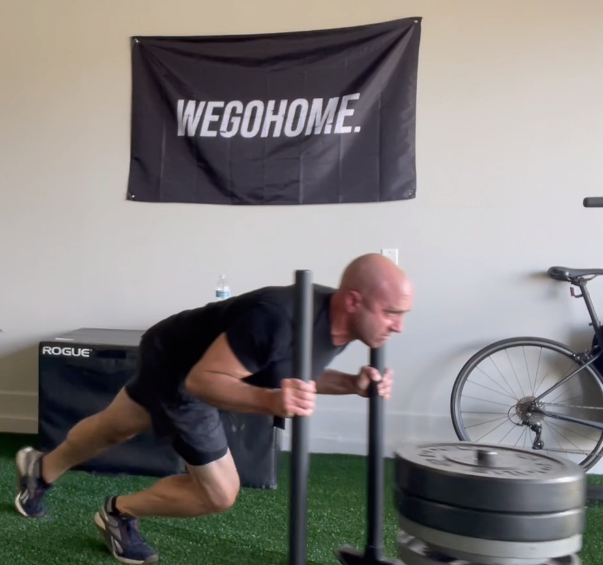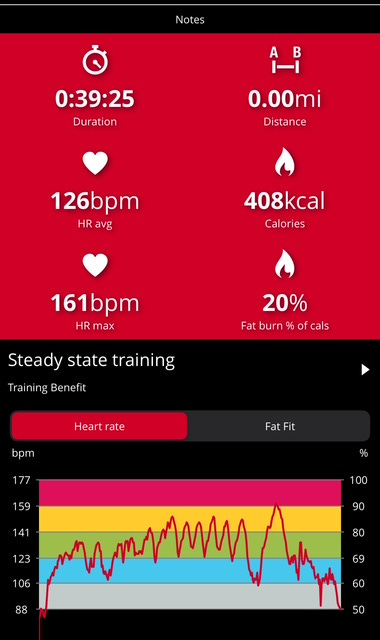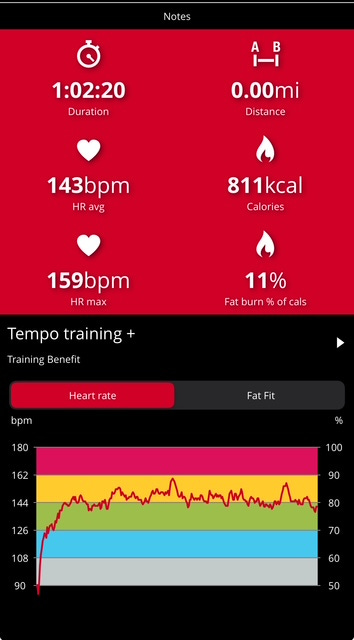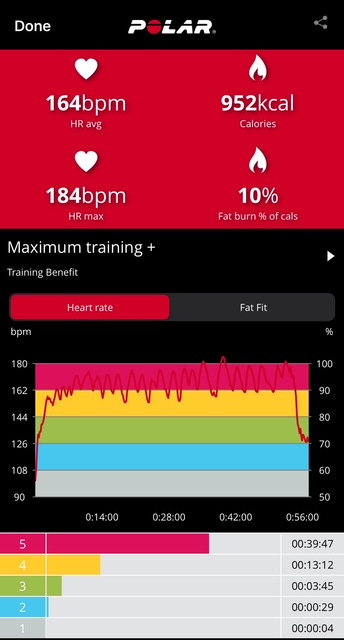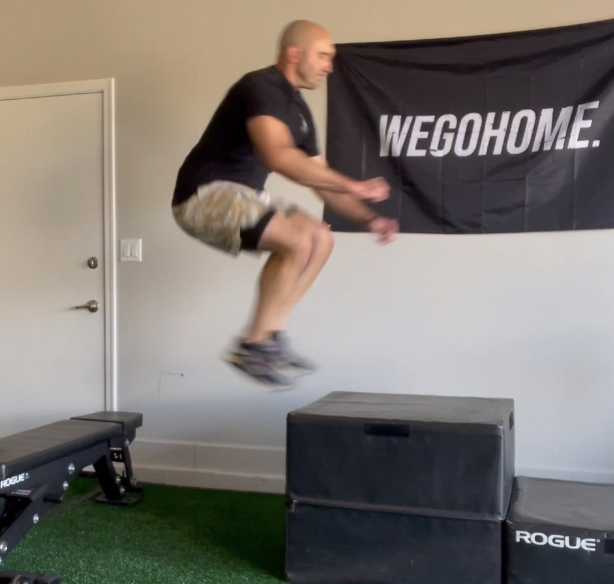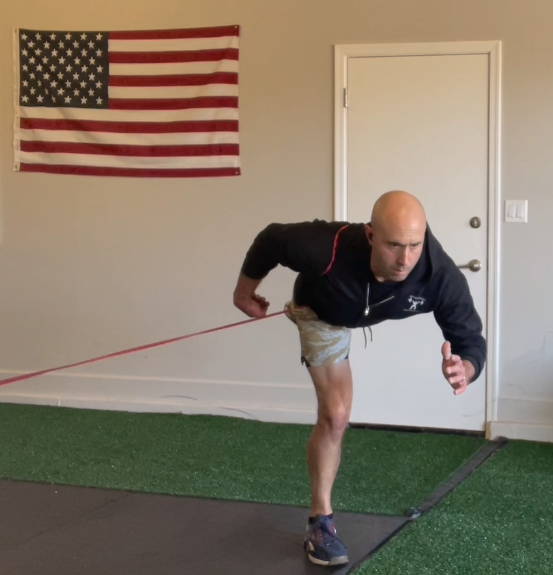Why Tactical/First Responder populations should make the small investment into a heart rate monitor and how we incorporate it into our training.
Key Takeaway
Using a heart rate monitor during training is one of the easiest ways to know what you are training…or not training…during a conditioning session.
You can also use a heart rate monitor to auto-regulate rest periods when focusing on endurance, interval training, and even while strength training.
Heart Rate Monitors
Heart rate monitors have been around for a long time. In the past their use was typically only in the endurance world. This group usually puts more weight on this information than more strength oriented athletes or even mixed/hybrid populations.
That is a huge mistake in my opinion, as all groups of athletes at some point during the training year can benefit from more aerobic focused conditioning before they move into their competitive season.
Having a robust aerobic capacity correlates not only with a healthier heart, but also being less injury prone, and being able to recover from hard training faster than their less in shape counterparts.
Tactical/First Responder Populations
When we stop and look at the requirements to do the job of our Police/SWAT, Fire, and military some of these population bias towards a larger endurance component depending on mission set. However, they still require the ability to move pretty far, move fast in short bursts, and also display strength from time to time.
So how do we know what we're training if we don’t take a look into the intensity we’re at? This is where the benefit of using a heart rate monitor comes in. Take a look at the chart from my book Answering The Call:
Of course these are guidelines depending on your level of fitness, type of activity, and length of interval/event. If you’re hitting max effort singles in the weight room your heart rate is going to spike, but that is usually from your blood pressure going up. The adaptions to those efforts are much different in the heart and aerobic system as opposed to doing a kettlebell complex or something cyclic like running.
However, if our trainee wears a heart rate monitor during their conditioning sessions, they’ll have a pretty decent idea of what their training based off of the zone they’re maintaining.
Practical Use
Aerobic Capacity: 4-6 Weeks
Most of your conditioning sessions should be between 120-150 bpm 3x a week. This can be a mix of cycling/running/rucking sessions and also even complex sessions. The sled can be a great tool here where you drag, push, pull, march, etc. Example from one of my own sessions where I was focusing on recovery:
Aerobic Capacity: 4-6 Weeks- Using Higher Intensity Methods
Now we start to incorporate sessions where we purposefully bring our heart rate into the higher end of the aerobic zone. Complexes where we spend time in that 150-160 bpm zone for anywhere between 1-10 minute sets. Again, depends on where you’re at in your conditioning. The complex below is an option, just keep moving but slow down if your heart rate gets too high:
Another option is sled pushes or even sustained step ups while under load, but ensuring we keep our heart rate in that 150-160 bpm. Slow down or even stop for a bit if it goes too high:
Aerobic Capacity/Threshold: 4-6 Weeks- Using Higher Intensity Methods
Now we start to creep our heart rate even higher, 165-175 for longer intervals. This can be running, biking, rucking, or even again complexes. Example:
Closing
This article just goes over the options you have when focusing on training the aerobic system. Without a heart rate monitor, it is much harder to determine what you're actually training during these sessions. Although their is a time and a place to push yourself to the upper ends of your aerobic or lactic system, it’s usually not optimal to do it for too long.
The options and adaptability of the aerobic system are truly endless, and you could spend months improving it along with your strength before needing to pivot to vomit inducing intervals. With a heart rate monitor, when you do move towards higher intensity methods…you’ll truly know if you’re pushing yourself to the intensity you need to and more importantly, you’ll be able to measure how long it takes you to recover.
Here is an example from my own higher intensity session. After months of spending most of my conditioning in the aerobic zone I did intervals like this for a few weeks. Without building my aerobic capacity and actually measuring my recovery periods I wouldn’t have been able to see just how hard I was pushing and what my true max heart rate might be:
When recovery time improves, or when your heart rate returns to 130 bpm or so, you’ll know you truly improved your conditioning. Without spending months building my aerobic capacity, I don’t see myself being able to recover at the end of that session as fast as I did. I also was able to know when I hit the top end of my aerobic zone during rest periods so I knew exactly when to go again. Without a heart rate monitor, this isn’t possible.
Questions, comments, please leave a comment here or on Instagram.

